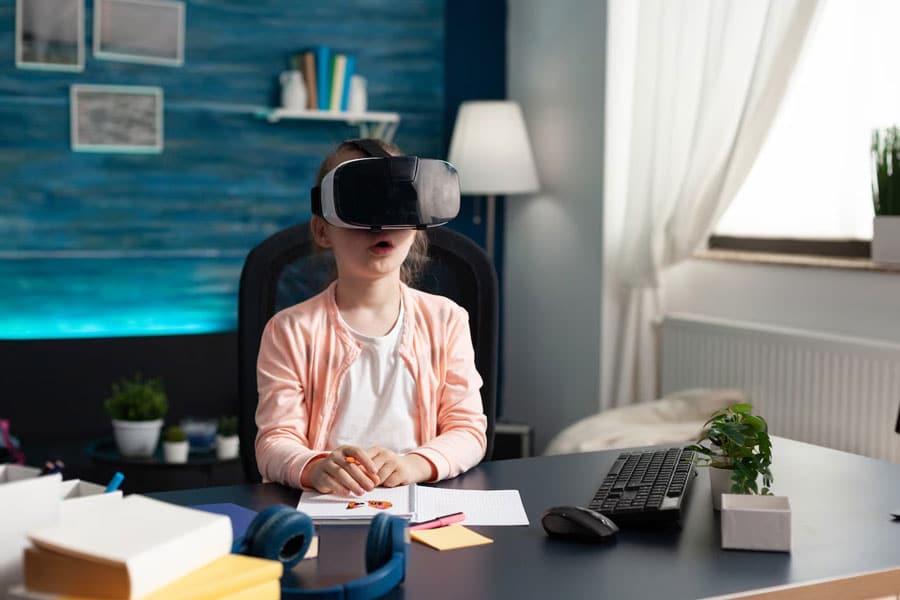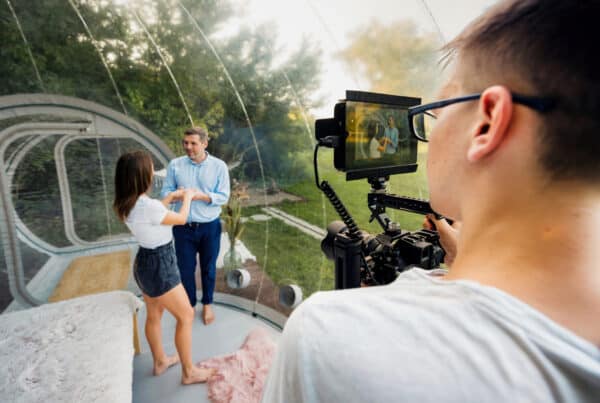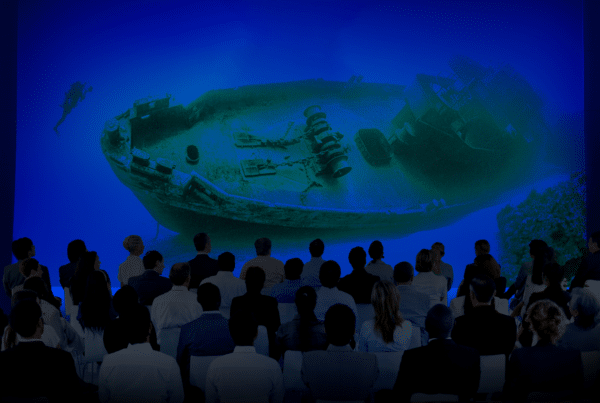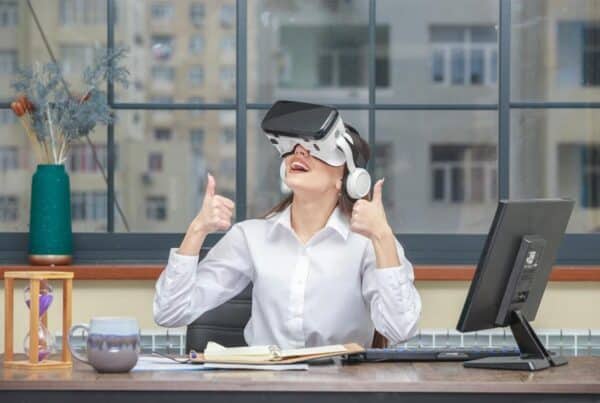
Introduction
Virtual Reality (VR) is a technology that creates immersive, computer-generated environments where users can interact in a three-dimensional space. Through specialized equipment such as VR headsets, users are transported to virtual worlds that simulate real-life experiences or entirely imaginative scenarios. This technology has gained traction in various sectors, including education, where it is revolutionizing how students learn.
In recent years, the integration of VR technology into primary education has been explored extensively. Educators and researchers are increasingly recognizing the potential of VR to enhance learning experiences, boost student engagement, and accommodate diverse learning styles. As classrooms evolve to incorporate more interactive and technology-driven methodologies, understanding the role of VR becomes paramount.
Benefits of Virtual Reality in Primary Education
Enhanced Engagement and Motivation
One of the most significant advantages of VR in primary education is its ability to engage students. Traditional teaching methods often struggle to capture the attention of young learners, particularly in an age where digital distractions are prevalent. VR immerses students in dynamic, interactive environments that stimulate their curiosity and foster a deeper interest in learning.
For example, platforms like Google Expeditions allow students to embark on virtual field trips to places like the Great Barrier Reef or the surface of Mars. These experiences not only pique interest but also motivate students to participate actively in their learning. Studies have shown that students who engage with VR applications demonstrate higher levels of motivation and excitement about their lessons compared to those in traditional learning settings.
Improved Learning Outcomes
Research indicates that VR can significantly improve learning outcomes, particularly in retention and recall rates. A study conducted by the University of Maryland found that students who learned in a VR environment retained information significantly better than those who learned through traditional means. The immersive nature of VR aids in memory formation, allowing learners to visualize and experience concepts rather than simply reading about them.
Moreover, VR applications can cater to various subjects, from science to history. For instance, virtual labs allow students to conduct experiments in a safe environment, reinforcing scientific principles through hands-on experience. These engaging formats encourage students to explore concepts in depth, leading to a more profound understanding of the material.
Development of Soft Skills
In addition to academic benefits, VR plays a crucial role in developing essential soft skills among primary school students. Collaborative VR environments facilitate teamwork, communication, and problem-solving skills. For example, platforms designed for group learning can allow students to collaborate on projects in real time, regardless of their physical location.
Furthermore, VR is particularly beneficial for students with special needs. It provides opportunities for practicing social skills in a controlled environment. Programs designed for children with autism, such as the Virtual Reality Opportunities to Integrate Social Skills (VOISS) project, allow students to interact with virtual avatars, helping them understand social cues and improve their communication abilities.
Applications of Virtual Reality in the Classroom
Virtual Field Trips
Virtual field trips are one of the most exciting applications of VR in education. They provide students with the opportunity to visit historical sites, natural wonders, or cultural landmarks without leaving the classroom. For instance, students can explore the ancient ruins of Machu Picchu or dive into the depths of the ocean, experiencing environments they might never visit in person.
These virtual experiences have a profound impact on students’ understanding of diverse topics, enhancing their learning by providing context and visualization. A study highlighted in EdTech Magazine noted that such immersive experiences can lead to a more enriched understanding of subjects by bringing abstract concepts to life.
Interactive Learning Environments
VR fosters interactive learning environments that can transform standard curricula. In STEM education, for example, virtual labs enable students to conduct experiments that would be too dangerous or expensive to perform in a traditional setting. Through VR, students can manipulate variables and observe outcomes in real time, facilitating deeper comprehension of scientific principles.
In language arts and history, immersive storytelling experiences can engage students in narratives where they become active participants. This interactivity not only enhances understanding but also encourages creativity and critical thinking.
Special Education Benefits
For students with special needs, VR can be a game-changer. Tailored VR experiences can cater specifically to the needs of students with disabilities, providing opportunities to learn in a manner suited to their capabilities. For instance, VR can help students with sensory processing issues by gradually exposing them to different environments in a controlled way.
Additionally, VR can alleviate anxiety by simulating social interactions in a safe setting. For students who struggle with social skills, the ability to practice in a virtual space can be invaluable. It enables them to learn how to navigate social situations without the pressures of real-world consequences.
Challenges and Considerations
A. Cost and Accessibility
While the benefits of VR in primary education are substantial, there are significant challenges to consider. One of the primary barriers is cost. High-quality VR headsets and the necessary software can be expensive, making it difficult for some schools to integrate this technology into their classrooms.
However, there are solutions to this challenge. Many educational institutions are exploring partnerships with tech companies to secure funding or grants that facilitate access to VR technology. Additionally, as the technology continues to advance, costs are expected to decrease, making VR more accessible for schools.
B. Physical Space Requirements
Implementing VR technology requires careful consideration of physical space. Classrooms must be configured to allow safe movement when students are using VR headsets. This may involve redesigning classroom layouts or ensuring that there is enough space for students to navigate without the risk of injury.
C. Supervision and Moderation
Another critical consideration is the need for adult supervision during VR use. While VR can provide enriching experiences, it is essential to ensure that students are using the technology safely and appropriately. Educators must plan VR lessons thoughtfully, incorporating discussions about expectations and proper usage.
Future of VR in Primary Education
As technology evolves, the future of VR in primary education looks promising. Innovations such as augmented reality (AR) and improved VR hardware are expected to enhance the immersive learning experience further. The integration of artificial intelligence may allow for personalized learning experiences that adapt to each student’s unique needs and learning pace.
Predictions indicate that VR will play an increasingly central role in educational frameworks, becoming a standard tool for teaching across various subjects. As educators continue to explore and harness the potential of VR, we may witness a transformation in how knowledge is imparted and absorbed.
Conclusion
The transformative potential of Virtual Reality in primary education is clear. From enhancing engagement and improving learning outcomes to fostering the development of essential soft skills, VR is changing the educational landscape. As schools continue to navigate the challenges of integrating this technology, it is crucial for educators to explore and embrace VR opportunities.
In this digital age, fostering an immersive and interactive learning environment is not just beneficial but necessary for preparing students for future challenges. By harnessing the power of VR, we can create richer, more meaningful educational experiences that will inspire the next generation of learners.
Transform learning with Virtual Reality in Primary Education! Contact Virtually Anywhere today to explore how VR makes lessons more engaging, interactive, and immersive for young learners. From virtual field trips to hands-on science experiments, VR enhances comprehension and retention like never before. Start revolutionizing primary education with VR today!
People also ask:
- How does VR enhance learning experiences? VR creates immersive environments that capture attention and enhance retention.
- What are the benefits of virtual reality in education? Benefits include improved engagement, better learning outcomes, and the development of soft skills.
- Can virtual reality improve student engagement? Yes, VR significantly increases student motivation and interest in learning.
- What are the challenges of using VR in schools? Challenges include cost, space requirements, and the need for adult supervision.
- How is VR used in special education? VR provides tailored experiences for students with special needs, helping them practice social skills in a safe environment.
By integrating VR into primary education, we can enhance learning in unprecedented ways and prepare students for a future where technology plays an integral role in their lives.




